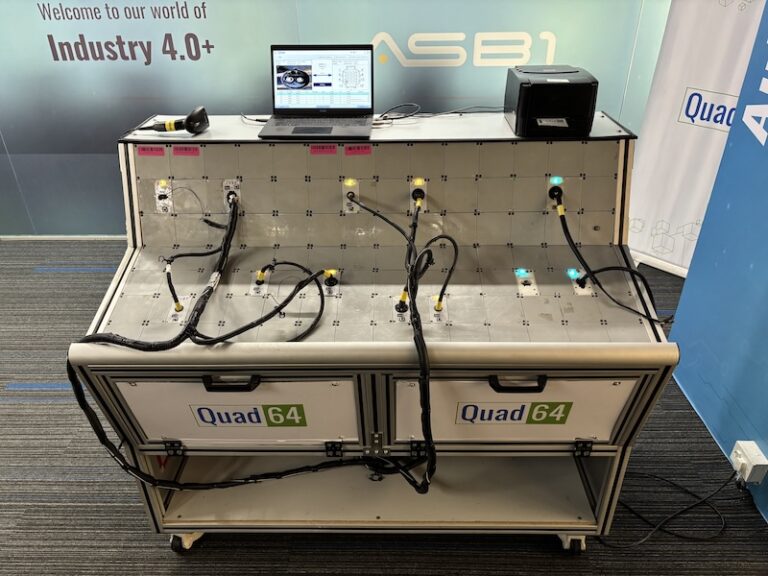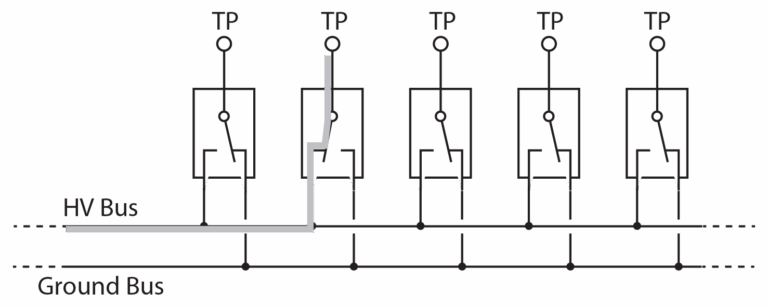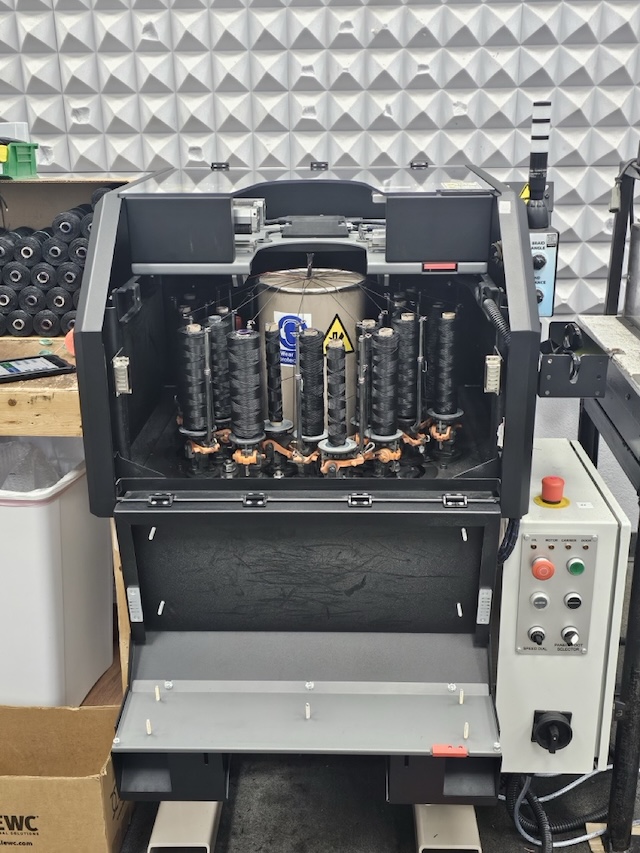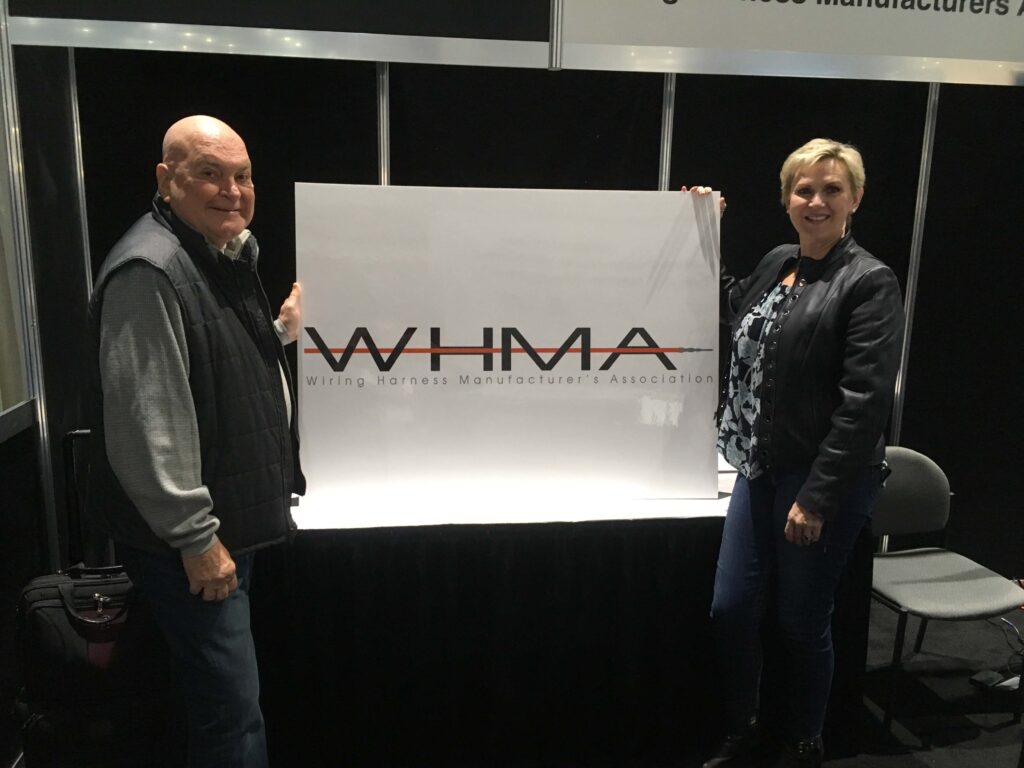As mentioned in the previous issue, the WHMA board has decided to enter into an affiliation agreement with IPC. As such, WHMA will rely on the world-wide reach of IPC in its executive management, a role previously held by Associations Solutions, Inc. led by Jim Manke and supported by Kathi Schlieff. Jim and Kathi have been the smiling faces at the booth and welcome table at the WHMA conferences. They have also worked tirelessly behind the scenes to bring the organization where it is today. I thought it would be a good idea to sit down with Jim and go over some of the highlights in his 17-year role as Executive Director for WHMA.
Jim remembers the moment he first got the inquiry from WHMA. “I had taken my three daughters up to a friend’s cabin in northern Minnesota, and on the way back I called the office to check on things. My secretary told me she’d gotten a call from a guy named Norm who knew we managed associations, that he was the past chairman of one, and was interested in speaking with us.” Jim began. She told Jim it had something to do with harnesses. “You mean like, harness racing?” he asked. “No,” she said, “I think it had something to do with wire.” Having managed associations in the manufacturing sector, he had an inkling of what it was all about. “I called Norm [Sagon] back when I got home, and we set up a time to meet over an afternoon beer.”
The two had a productive chat, and Norm told Jim he’d like to introduce him to the board at their fall meeting that coincided with the Assembly Technology Show in Chicago. “We huddled together in a corner of the Hyatt Regency for about an hour, and I got a call a couple of days later saying they decided to hire our company; so that was the beginning in the fall of 2002.”
WHMA wasn’t exactly in the best of health when Jim took over as Executive Director. They’d gotten beaten up pretty badly in ‘02, as Jim recalled. There was still a great deal of fallout from 9/11, and that had effected the association’s membership. In addition, the association was reeling from a lackluster performance at the previous February’s annual conference. “The 2003 conference was hopefully going to be the turnaround,” he remembered, “but it wasn’t.”
The conference was in Anaheim, and they ended up with about 30 supplier booths, and about the same amount of member attendees. Because of the surprisingly low turnout, WHMA didn’t come close to fulfilling their hotel contract, and got hit with a huge attrition bill. “They had signed the contract 18 months previous, and had a good indication at the time as to how many hotel rooms they would need, but obviously, that didn’t materialize.” Jim informed. “We met with the General Manager of the hotel to ask if there was anything we could do to work this out, and he told us no. Larry Chambly, who was treasurer at the time said, ‘well, I don’t believe in owing anybody money,’ and wrote him a check for $25,000.”
And that wasn’t the worst of their woes in Anaheim. “Before we left, we had a breakfast meeting with the supplier members where they held our feet to the fire.” Jim remembered. The suppliers told WHMA quite frankly, that if things didn’t improve, they were out. “I knew we had our work cut out for us because if we lost them, that would be the death knell for the association.”
So that left the association in a dismal financial position. “We were in dire straits,” Jim recalled. The next month when they ran the financials, they had less than 30,000 in reserves. “The ASAE, which is the association for associations, says that good practice dictates a 12-month reserve cushion for a rainy day. Well, we’d just had a flood,” he advised.
Jim and the board came up with a marketing plan to help turn things around. At the heart was a phone campaign with Jim and his staff doing the heavy lifting. “It was nothing fancy, “Jim recanted, “just a person-to-person with some of the manufacturer members who had dropped out over the past two or three years.” They did have some help from a number of WHMA volunteers. “We could talk about the value proposition of the association, but when it got into business discussions, we asked the board to follow up, and they were very good about that.”
Jim remembers that some of the early board meetings he attended were a bit chaotic. He mentioned that tends to be a normal part of an association’s life cycle. “I’m not speaking poorly of anybody, but I’ve been doing this for 42 years and you tend to start out with the pioneers who create the organization. They are typically managers who are good at directing people to get things done, but it’s a little different with an association – you have to get consensus of thought from a diverse group of people.”
Jim credits Lyle Fanning for bringing structure and good governance to the meetings. He acknowledged Lyle as a very good businessman who understands the importance of structure. Together they did two things. “We came up with the first strategic plan for WHMA and got universal buy-in to the goals and vision of the organization. We then used it at board meetings to temper discussion by saying, ‘ok, if it doesn’t have anything to do with fulfilling the goals we’ve created, we really don’t have time for it.’”
The discussion turned to the development of the IPC/WHMA A-620 specification. Jim recalled looking over the history of its development. “I saw the minutes and timelines and the countless meetings that took place to develop the standard. IPC brought the much-needed structure and marketing muscle, but it really depended on the efforts of the group for the standard.” Still, participation in the A-620 committee meetings began to fall off after the first iteration, and IPC understandably grew frustrated. But, as Jim noted, it can be quite cost prohibitive for small businesses to send folks to A-620 committee meetings. “We finally decided we could spend some money as an association to support these folks, so there was a dollar amount we could use to support companies sending folks to the A-620 meetings.”
After Jim’s baptism by fire, there’ve been a couple of minor bumps along the way. But overall, he seemed quite thankful for his role in helping shape the association over the past 17 years. He also feels lucky to have had his wife, Kathi Schlieff, by his side to help orchestrate the efforts. In conclusion, Jim had the following to say:
“I think the board has been pleased with the direction as we made progress with membership, revenue growth, and attendance at the conferences. It’s kind of like I watched the association grow up. We went from a near-death experience, to a very collegial organization with a free exchange of ideas, and I think everybody appreciates the camaraderie. Now I see we are in a new period where growth will need to be international. I think that’s why the IPC partnership integration was so appealing, because they do have those international relationships. So, there are no hard feelings. It’s been a great ride, and I think it was the right call. I said that in Dallas and I meant it. I wish nothing but the best for WHMA moving forward. We had a job to do, and I think we did it well. But we also did it with a smile and some laughs, and I really appreciate that.”
Jim and Kathi’s plans are full speed ahead with Association Solutions. They will continue to provide general administration, membership services, financial management, and strategic planning services to associations. Past and present projects have taken the into the real estate,insurance, medical research, telecommunications, agriculture, skiing, and fundraising arenas. I’ve often remarked to Jim that I thought he had one of the best jobs in the world by getting an in-depth look at so many diverse industries.
On a personal note, it has been a pleasure and honor for all of us at Wiring Harness News to know and work with Jim and Kathi over the years. Although we are separate organizations, we’ve had the opportunity to get a backstage look at all of their hard efforts for WHMA. They have helped us as well. They’ve sat for countless interviews for articles, and Jim has supplied many himself. They have always made us comfortable at conferences, and have made so many great connections for us. Thanks Jim and Kathi!


























































